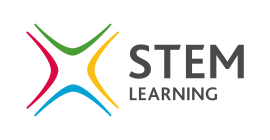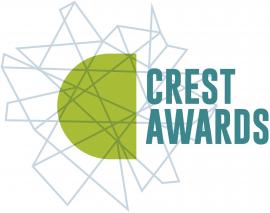Chemical analysis of substances
The focus of this area at T level is to understand that the chromatography and spectroscopy techniques listed can be used to separate, detect and identify substances and so the emphasis of the teaching in this unit will be on how they do that and not necessarily on typical A level focus areas like what is happening to the bonds or molecules. Most of the techniques used are new to students, although it will be helpful to start with key principles behind them before moving on to the different examples. Some of the are also picked out as quantifying the components in a mixture and can be compared with the techniques that do not with reasons why.
Whilst this list provides a source of information and ideas for experimental work, it is important to note that recommendations can date very quickly. Do NOT follow suggestions which conflict with current advice from CLEAPSS, SSERC or other recent safety guides. eLibrary users are responsible for ensuring that any activity, including practical work, which they carry out is consistent with current regulations related to Health and Safety and that they carry an appropriate risk assessment. Further information is provided in our Health and Safety guidance.
- ALL
- Presentation
- Activity sheet
- External link
Presentation
Festivals, Feasting and Animals at Stonehenge
An interesting context for the use of gas chromatography and mass spectrometry that could be used to develop the ideas after an introduction. The content about isotopes and instrumental analysis is relevant, but some of the detail on how mass spectrometry work could be omitted (mainly in the card sort activity).
Activity sheet
Silver award: Detecting drugs
This Crest award project asks students to plan how to identify different analgesics using techniques that have been covered in this specification and so could be used as a group problem solving exercise or a short project to do at the end the analytical techniques sections.
Crest gold award: Quality control of mixtures
These scenarios could be used to suggest contexts students could look at to answer real life questions about different substances. Although this is a very open-ended project, guidance and research could be added to help students structure ways to analyse the mixtures and find out the concentrations using titrations and chromatography.
External link
Chromatography techniques
This RSC resource has some useful background in the 'introduction' section and then a variety of chromatographic techniques are outlined in the 'techniques section'. It could be used for teacher background understanding or to pick out resources for lessons like videos and wording of explanations for teaching.



